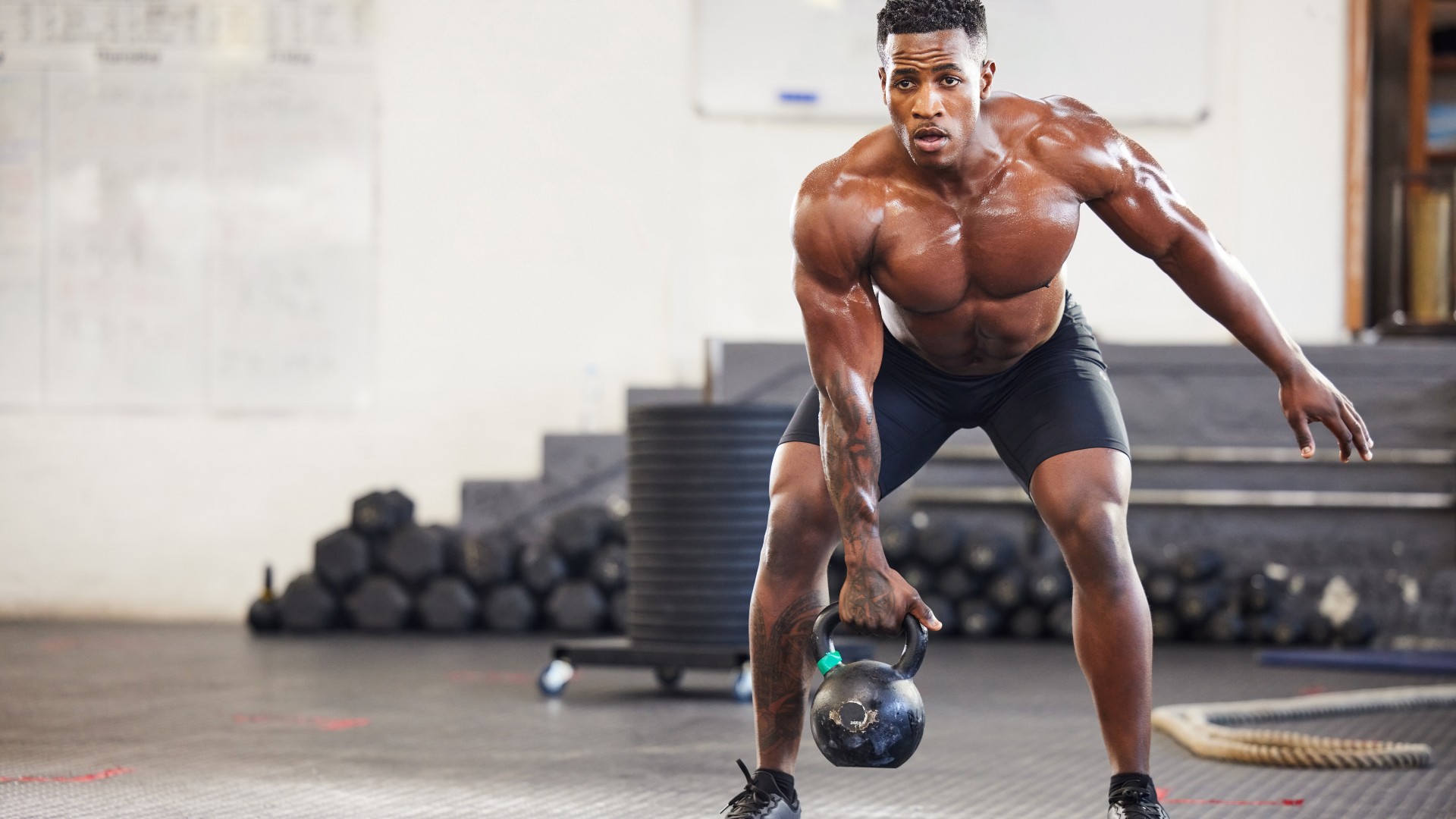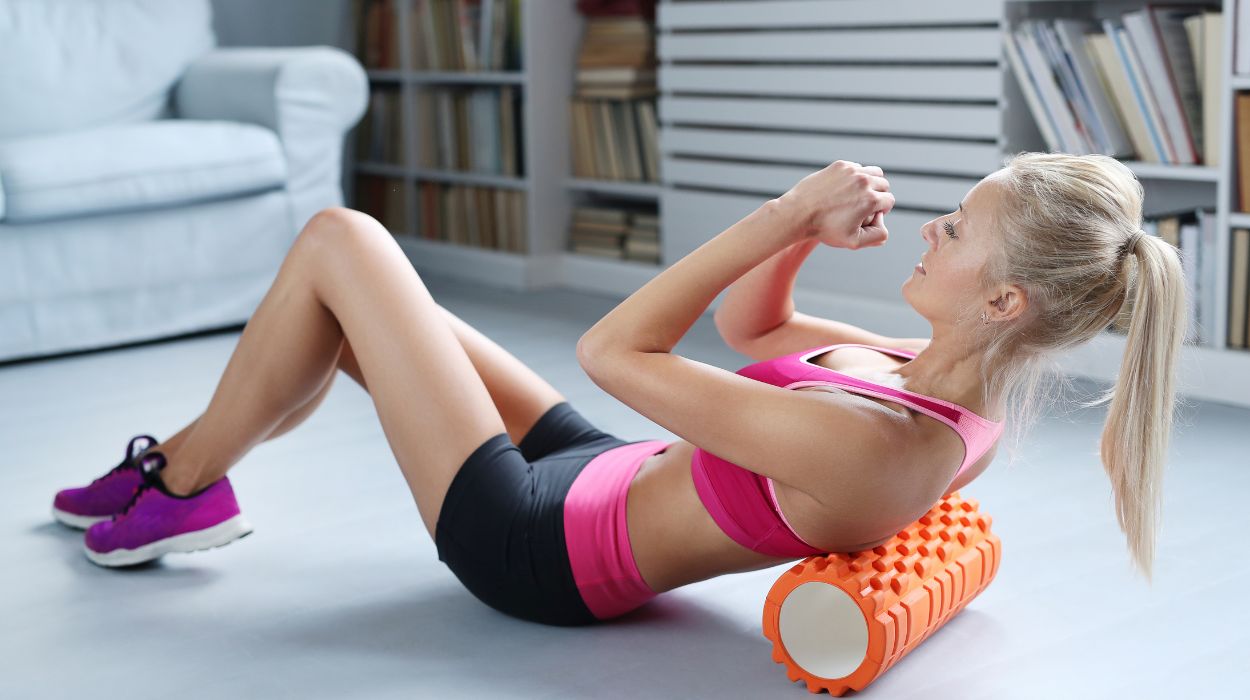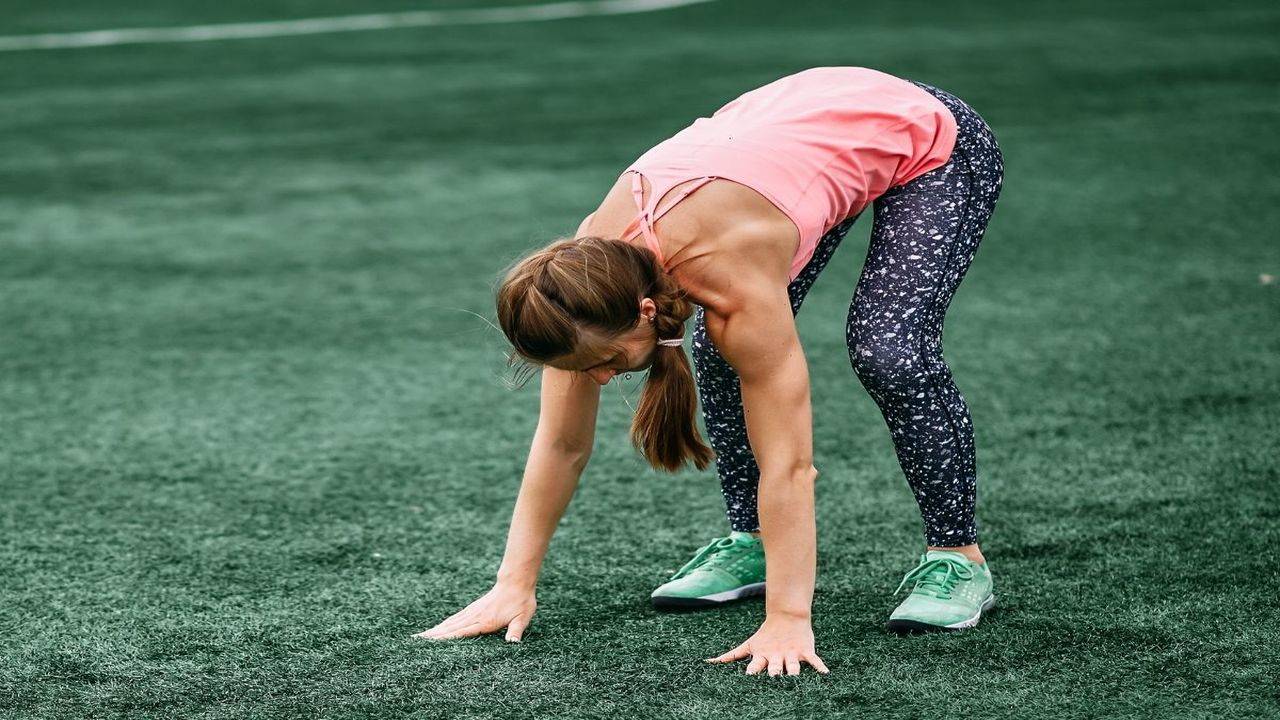Let’s face it — when people think about back day, they picture heavy barbells, cable machines, or banging out endless pull-ups. Kettlebells don’t always get the spotlight they deserve, especially for building a big, strong back. But if you’ve got a kettlebell and some open space, you’ve got everything you need to build serious pulling strength and back muscle — and you might even have some fun while you’re at it.
The secret is in the flow. Kettlebell flows string moves together into one smooth sequence. You don’t put the bell down. You don’t rest mid-set. Instead, you keep moving, keep pulling, keep bracing. It’s like strength training meets cardio — and your back gets plenty of love.
So grab your kettlebell (or two, if you’re fancy), clear a corner, and get ready to build a thicker, stronger back without hogging a squat rack.
Why Use a Kettlebell Flow for Back Training?
Flows look cool, but they’re not just for Instagram. The constant movement forces your body to stabilize your core, shift your weight, and control the kettlebell through different angles. Unlike isolated cable rows or machine work, flows hit your back muscles in ways that feel more “real-world” — like lifting, pulling, and twisting in daily life.
Plus, because you’re moving the whole time, your heart rate spikes. So you burn calories while you build muscle — not a bad bonus.
What Makes a Good Back Flow?
A good kettlebell back flow checks three boxes:
- Pulling Pattern: You need horizontal pulls (rows) and vertical pulls if possible (like high pulls).
- Hip Hinge: Most kettlebell flows work off a deadlift or swing base — you’ll light up your posterior chain.
- Core Engagement: The constant shifting works your abs and lower back.
The Ultimate Kettlebell Back Flow
This flow hits your lats, traps, rhomboids, rear delts, lower back, and core. Do it slow and smooth — you want control, not chaos.
Here’s the flow:
- Kettlebell Deadlift
- Kettlebell Swing
- Bent-Over Row
- High Pull
- Clean to Rack Position
- Single-Arm Row
- Switch Sides
Repeat the sequence without setting the bell down. Let’s break it down piece by piece.
1. Kettlebell Deadlift
Start with a solid hip hinge.
- Place the bell between your feet.
- Stand feet hip-width, toes slightly out.
- Push your hips back, slight bend in knees.
- Grab the bell handle with both hands.
- Keep your back flat, chest proud.
- Drive through your heels, stand tall.
Do 5 reps to wake up your posterior chain.
2. Kettlebell Swing
Add power and momentum.
- From the deadlift position, hike the bell back between your legs.
- Snap your hips forward, swing the bell to chest height.
- Let it swing back between your legs — repeat for 5–10 reps.
Swings fire up your glutes, hamstrings, and lower back. The snap also primes your shoulders to handle the next move.
3. Bent-Over Row
Now lock in some pulling.
- After your last swing, stop the bell at the bottom.
- Hinge over again.
- Pull the bell to your belly button.
- Squeeze your shoulder blades.
- Lower under control.
Hit 5–8 rows.
4. High Pull
Adds an upper back punch.
- Stand tall.
- With both hands on the bell, pull it up toward your chest.
- Elbows go high and wide — think scarecrow arms.
- Control it back down.
Repeat 5 reps.
5. Clean to Rack Position
Get the bell ready for single-arm work.
- From the high pull, transition to a clean.
- Grip the bell handle with one hand.
- Use your hips to pop it up and catch it in the rack position (bell resting between forearm and bicep).
This sets you up for the single-arm row.
6. Single-Arm Row
This lights up each lat individually.
- With the bell racked on your right, hinge forward.
- Let the bell hang.
- Pull your elbow up tight to your ribcage.
- Lower slow — keep your back flat.
Do 5–8 reps.
7. Switch Sides
Lower the bell, switch hands, repeat the clean to rack on your left side. Hit the same rows.
One flow = all seven moves.
How to Use This Flow
This back flow works best for multiple rounds. Here’s an easy format to try:
- 3–4 rounds
- Rest 60 seconds between rounds
- Use a weight you can control. Too heavy = sloppy flow = poor results.
If you’re more advanced, go for time instead — 30–45 seconds per side, no rest until the bell switches hands.
Extra Back-Building Tips
- Keep your core tight: Your lower back is working hard. Brace like someone’s about to poke your gut.
- Control the bell: Don’t let momentum jerk you around.
- Breathe: Exhale on the effort — pulling or cleaning.
- Progress: Use a heavier bell over time, or add more rounds.
Why It Works
This flow combines power (swings, cleans) with strength (rows) and stabilizing work (rack holds). Your lats pull, your traps stabilize, your core keeps you upright. It’s a full back workout without the usual machines.
Plus, it’s fun — which means you’re more likely to stick with it. Training your back doesn’t have to be a boring slog of pulldowns and seated rows.
What Weight Should You Use?
If you’re newer to kettlebells, start lighter than you think — 12–16 kg (25–35 lbs) is plenty for beginners. Focus on form and flow first. Once you can move smooth for 3–4 rounds, bump up the weight.
Can You Add This to Other Workouts?
Yes. This flow works great as a finisher after deadlifts or heavy rows. Or make it your main back workout if you’re short on time. It’ll torch calories while building muscle — best of both worlds.
Closing Thoughts
Your back is one of the biggest muscle groups you’ve got — treat it like it matters. If you only train what you see in the mirror, you’ll look flat and imbalanced. A good back routine makes your whole frame look stronger and more athletic.
The kettlebell flow keeps things fresh and teaches your body to handle real-life pulls, lifts, and carries. Plus, it’s portable — one kettlebell, endless muscle.
So grab that bell, get moving, and build a back you’ll be proud to show off — shirt on or off. Let’s swing and row our way to some serious back gains!










